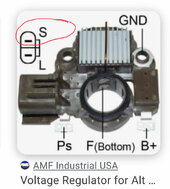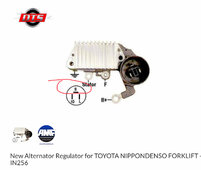MTM98290
Solar Enthusiast
- Joined
- Dec 24, 2022
- Messages
- 286
I would like to permanently install a Victron 75/10 mppt to our vehicles starting battery. This will give me a nice bluetooth battery monitor as well as the ability to keep the battery topped off with a small panel. It can also be used as a switch through the load connection.
My only concern is that the 12v vehicle system will have some unforseen adverse effects. I have no real theory as to why it wouldn't work, but it isn't a typical use for the device, and I don't want to damage one.
Is there a risk in doing this? Thank you for any insight or advice.
My only concern is that the 12v vehicle system will have some unforseen adverse effects. I have no real theory as to why it wouldn't work, but it isn't a typical use for the device, and I don't want to damage one.
Is there a risk in doing this? Thank you for any insight or advice.




